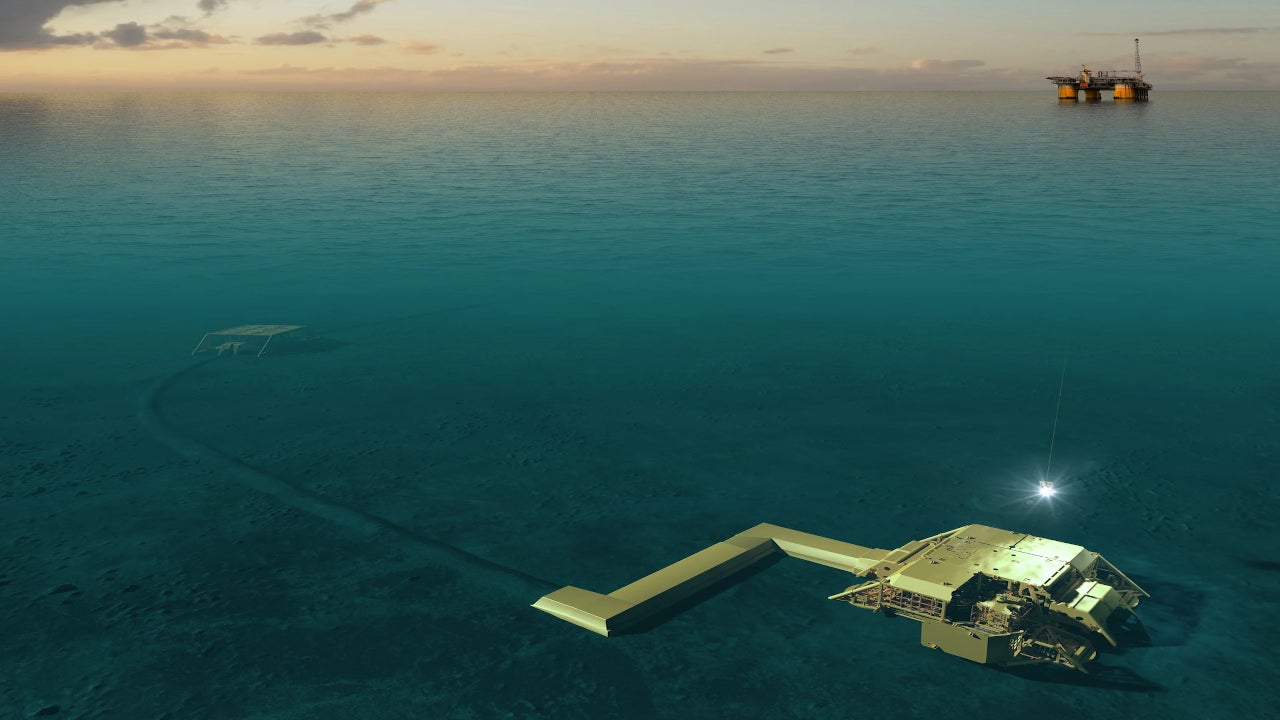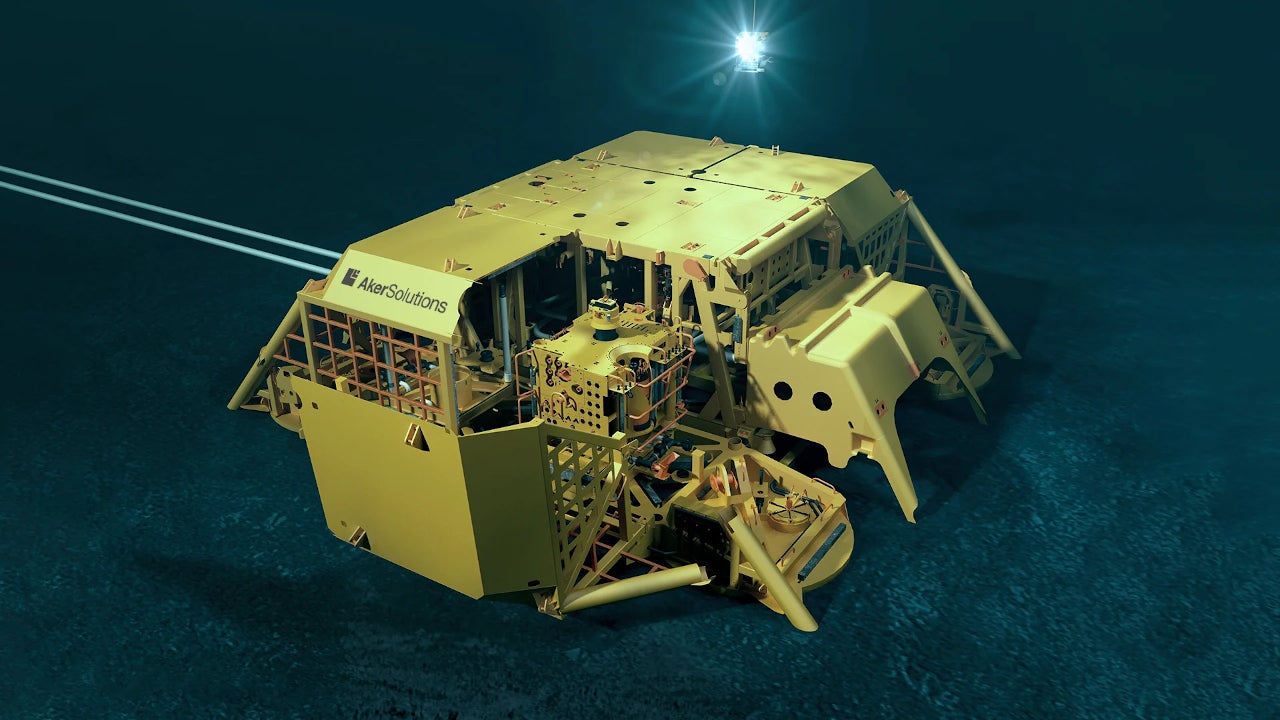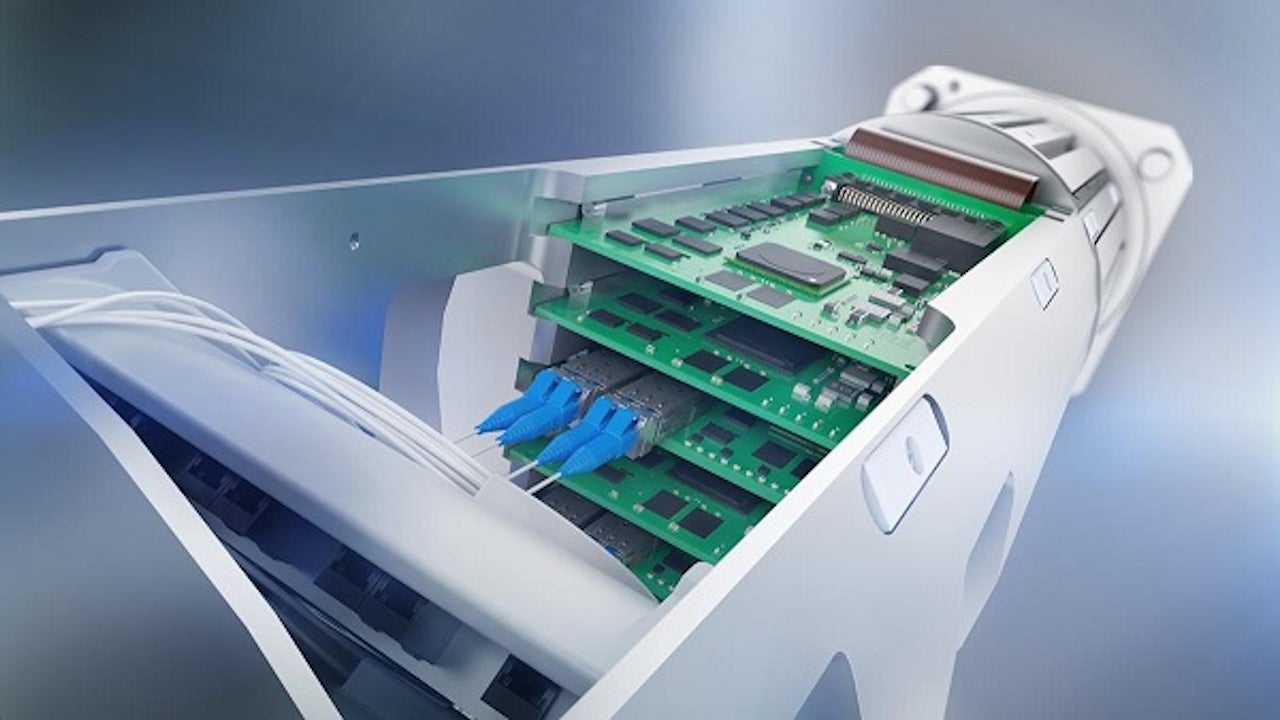The Kristin Sor oil and gas fields are satellite fields proposed to be developed in the southwestern part of the Halten Bank in the North Sea, Norway.
The Kristin Sor development is co-owned by Equinor (operator) and its partners Petoro, Var Energi, and Total E&P Norge. Project development is expected to begin in 2021 and provide approximately 220 jobs during the peak phase. The project is anticipated to be completed in the first half of 2023.
Kristin area geology and reserves
Kristin is a deeply buried high-pressure and high-temperature (HPHT) reservoir at 900bar and 170°C, located approximately 5,000m below the ground level on the Norwegian Continental Shelf (NCS).
The field with ultra-high pore pressures and temperatures is situated below the Arctic Circle, approximately 240km off the coast of Norway.
The reservoir is present in the Jurassic sandstone in the Garn, Ile and Tofte formations. The Garn formation has low permeability hydrocarbons while the flow barriers in the Ile and Tofte formations result in a sharp decline in reservoir pressure.
Kristin Sor field development details
The Kristin Sor fields development comprises the Lavrans and Kristin Q satellite fields, which will be tied back to the existing Kristin field platform.
A subsea template will be installed with four standardised vertical subsea trees for the Lavrans Centre, while for the Kristin Q field, a manifold will be fitted in the Kristin Q template that was installed in 2007.
The standardised subsea tree is designed with Vectus™ control systems and less steel, resulting in approximately 50% reduced weight, simpler installation and operation, low cost and shorter timeline to start the project.
Vectus™ subsea electronics module has innovative communications and data-handling capability that can support up to eight levels of data prioritisation for flexible data management.
Details of Lavrans field
The Lavrans discovery is located in 6406/2-1 licence area, approximately 10km southeast of the existing Kristin field at a water depth of 280m. Discovered in 1995, the field was appraised with two appraisal wells.
The reservoir holds gas and condensate in the Ile and Tofte formations, as well as contains an estimated resource of 13.4 million standard cubic metre (Sm³) oil equivalent.
Contractors involved in the Kristin Sor field development
Aker Solutions won an Nkr1bn ($113.5m) contract for the delivery of subsea production system for the Kristin Sor field development in December 2020.
The Kristin Sor concept solution was provided by Aker in partnership with Equinor and following research and development work in the Tranby Technology Centre.
The project will receive equipment deliveries from different Aker locations, including Tranby, Egersund and Agotnes in Norway; Curitiba, Brazil, Reading, UK; and Port Klang in Malaysia. The subsea trees for the project will be manufactured at the Aker’s facility in Curitiba.
Existing Kristin facility details
The Kristin gas and condensate field was developed with 12 production wells in four subsea templates, tied back to a semi-submersible Kristin production facility.
The first production from the field came on stream in November 2005. The platform also serves as a host to the Equinor-operated Tyrihans field and Wintershall-operated Maria field, which respectively produced first hydrocarbons in 2009 and 2017.
The daily production capacity from the Kristin field is 125,000 barrels of condensate and more than 18 million cubic metres of rich gas.




